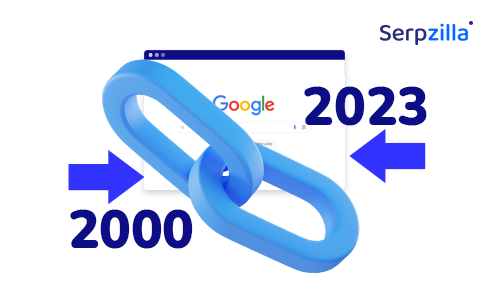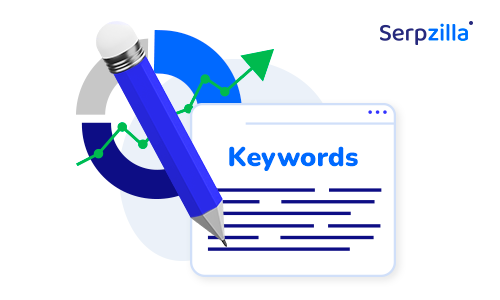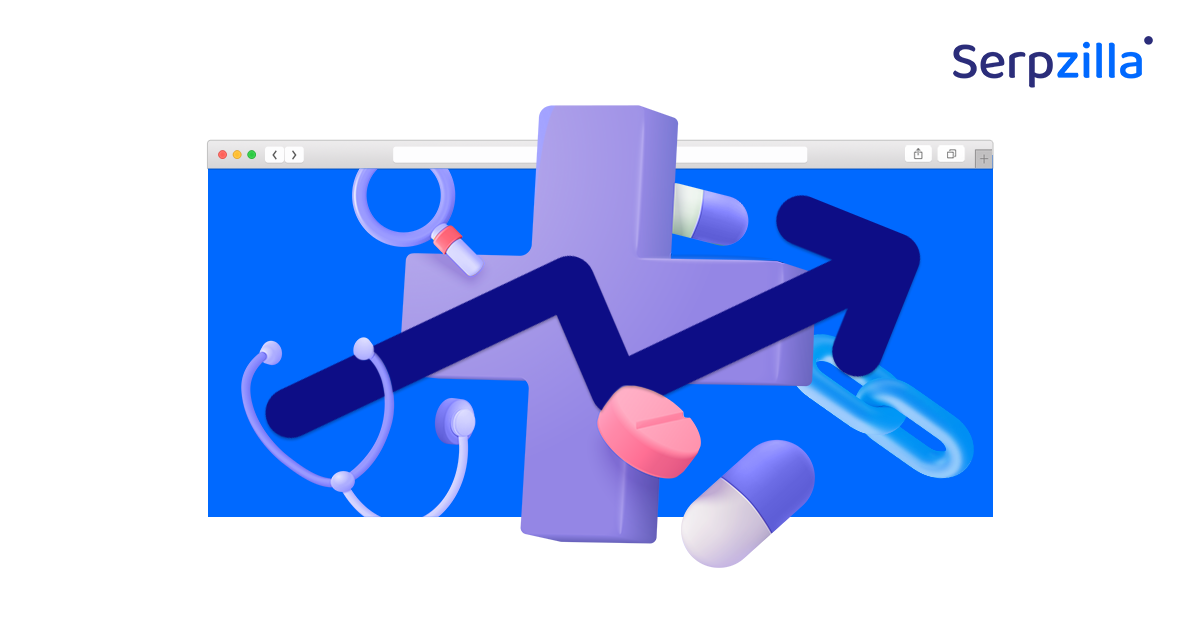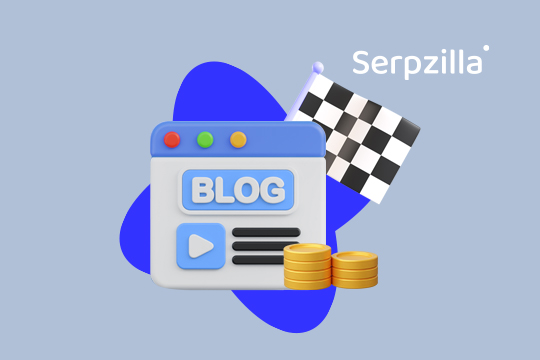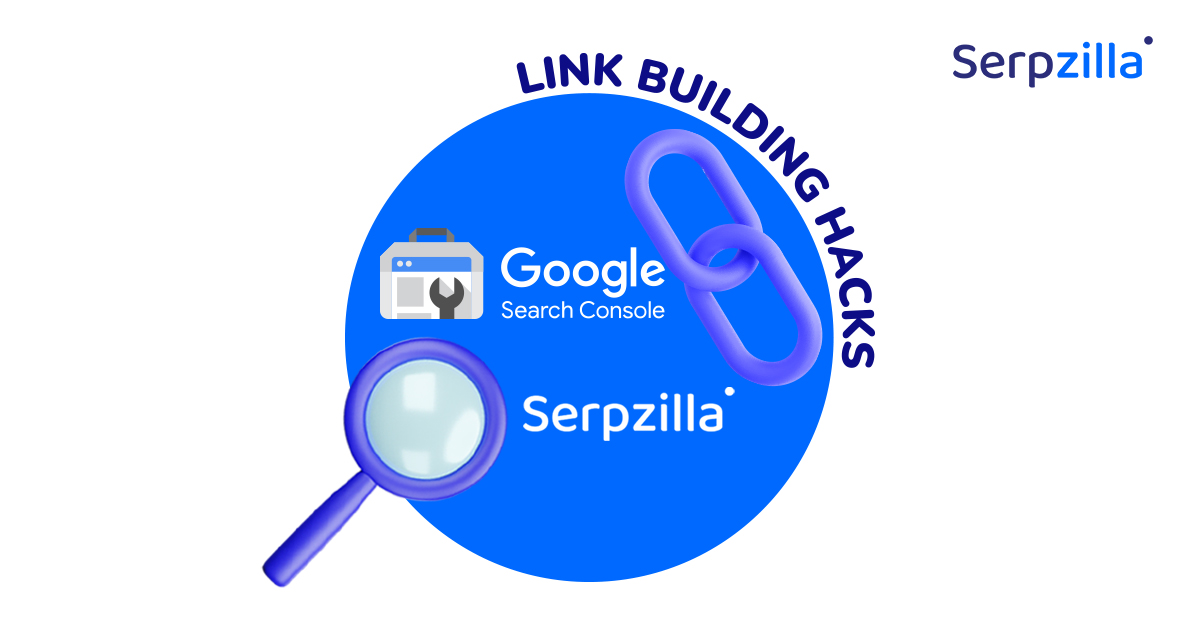Hello there! I’m Nik, a Production Manager at Serpzilla. SEO has been becoming an increasingly complex sphere of digital marketing. So much so that it’s getting harder and harder to start out. The sheer volume of information and practices one needs to grasp before beginning to optimize a site for search engines is daunting. Of course, there’s always an option of delegating this to trained professionals, but not every site owner can afford it. We know that many awesome projects that use Serpzilla are run by small teams or even manned single-handedly. That’s why we want to create a pool of resources for our users to help them start out with SEO.
Recently, we have launched a series of video materials about SEO. We will discuss various aspects of SEO with seasoned experts, analyze interesting cases and successful practices. In these videos, we will generally give a ton of useful tips and tricks that our experts have tried out and found working. We will also provide this material as a series of articles, and this is one of them.
Consider this first article to be a crush 101 SEO course. We will tackle the most important terms, strategies, goals and ideas behind SEO. Let’s dive right in!
What is SEO?
SEO, or search engine optimization, is the process of improving the quality and quantity of website traffic from search engines like Google. Because the more traffic you get, the more people find you on google, the more potential customers your website has. What does that mean exactly? There is a specific type of traffic called organic traffic. These are people specifically looking for something, probably your product, and they’re using search engines like Google and Yahoo. This is organic, natural traffic. These people are quite interested and ready to buy something relevant to them. So, organic traffic is created by people who are most likely to become your customers.
There are other types of traffic too: direct traffic, ad traffic, referral traffic, and social traffic. Organic traffic makes up a significant portion, up to a third of the total traffic to your website. Why focus on organic traffic? Firstly, it is the most common source of visitors. Secondly, it is the most valuable traffic because it is not pay-per-click. However, it has its challenges. It takes a long time to develop and establish. It is not a one-time task but a continuous process.
The idea behind SEO is that even if you create excellent, useful, engaging, amazing content, products and services, you still need to help your users find them. You have to make your website visible, not just high-quality. Otherwise, it will drown in an ocean of other high-quality websites.
Understanding SERP
Let’s talk about SERP, or search engine results page. When you google something, the results you see form the SERP. The SERP consists of two main blocks. First, there are Google AdWords, which are pay-per-click ads at the top. Depending on the popularity of the topic or the domain, a single click can be very, very expensive. These are not organic and people usually don’t trust them as much. Below these ads, we find the organic traffic, the real websites that Google thinks are good for your search query. This is where we aim to be.
So, the aim of a SEO marketer is to make the website best for a list of queries that are most common among your potential customers. Because what Google essentially does with each query is trying to find the best suitable answers for it. The sites it deems best are placed higher in SERP.
How Google’s Ranking Algorithm Works
Before we talk about how to improve your site’s performance in SERP, let’s see how Google calculates the rankings.
Google ranks websites using specific factors, over 700 of them. These include good keywords, fast-loading pages, mobile-friendly design, relevant information, text authority, quality links, average visit time, geographical parameters, technical optimizations, and more.
Historically, Google started with few ranking factors in 1993. Over time, it added more, including link importance and behavior factors. Today, Google’s ranking system is advanced and powered by machine learning, constantly adapting to user needs.

Let’s categorize these factors into four groups:
- behavioral
Behavioral factors relate to how visitors interact with your website. Like bounce rate, browsing depth, average time on site, and sources of access
- commercial
Commercial factors pertain to how active and up-to-date your company appears. Among these are price availability, company information, shipping details, and advertising on third-party sources
- external
External factors involve your link profile, or which sites link to you and how many sites links back to you.
- internal ranking factors
These cover technical aspects like site speed and keyword usage. For example, relevant pages, text optimization, internal links, proper settings (like page 1, 404, robots.txt), and readable URLs
How To Promote your Website and Improve SERP Rankings
There are ways to influence and improve your ranking in SERP.
1. Customizing Site Elements Google Uses to Scan Your Site for Information
Each website in the SERP consists of a snippet, which includes a title, URL, and description. Customizing these elements makes your snippet attractive.

2. Correct Use of Meta Tags
Meta tags are crucial. They guide search engines on how to process and display your information. Titles should be short, about 80 characters, using keywords early and avoiding stop symbols. Descriptions should be longer, around 160 characters, detailed, and free of quotation marks.
By all means avoid duplicating meta tags and use unique text. When adding meta tags, consider how they look in Google snippets. Beautiful snippets really do attract more traffic. Your most important keywords must be included in titles, descriptions, and meta tags. But make sure you don’t overstuff them in an unnatural manner.
3. Optimize your Website Content
Content optimization is key. Put extra effort into your content to make it unique and interesting, adding media, interactive elements, pictures, and videos. Avoid overusing keywords to prevent penalties. Your page should answer potential user questions thoroughly, without clickbait and misleading. Make sure your pages are accessible and not hidden from search engines.
4. Pay Special Attention to Commercial Information
Commercial factors are unique to each website. Look at your competitors and aim to do better. Price information must be easily found and transparent; if your competitor lists prices and you don’t, they have an advantage. Transaction availability is important; if your site is a landing page and your competitor is a marketplace, Google sees your site as less helpful.

5. Build a Solid, Organic Link Profile
Who links to your site and how many such backlinks you have is one of the most important factors of your SERP performance. Link building, or the process of acquiring backlinks, is a science in itself. We at Serpzilla have a lot of materials about link building and its various aspects. In short (very-very short) content marketing, PR, and crowd marketing help build links. Media publications, social media posts, blogging, and links from YouTube enhance your digital presence. Forum activity, registration on Google Maps, job websites, boards, catalogs, and FAQs are also beneficial.
Conclusion:
This is for a crash course on what SEO is and where to start working with it. In our future videos, we will discuss link building and other SEO activities in more detail. Stay tuned, hit that like button, don’t forget to subscribe! We’re looking forward to seeing you again on YouTube.



